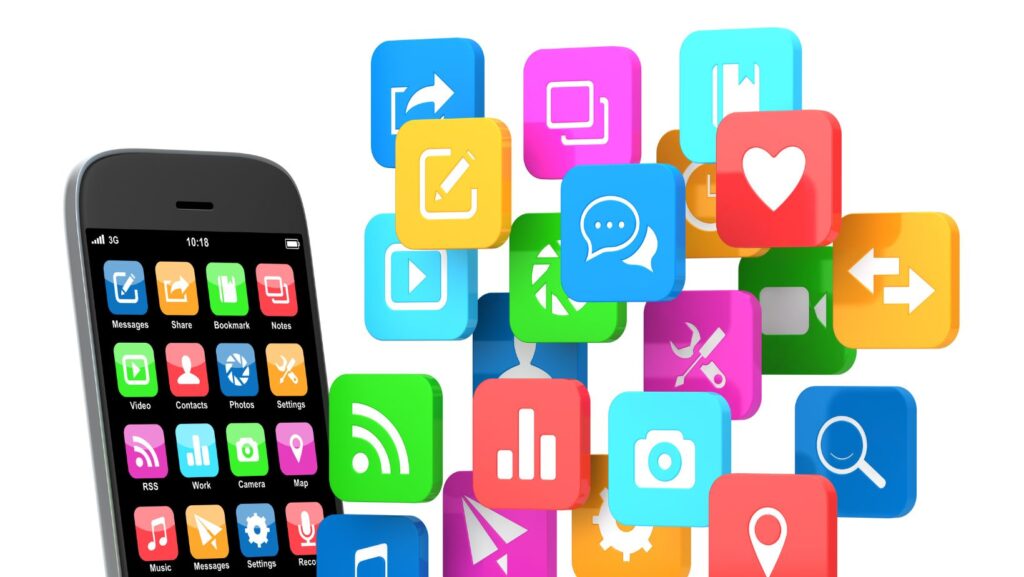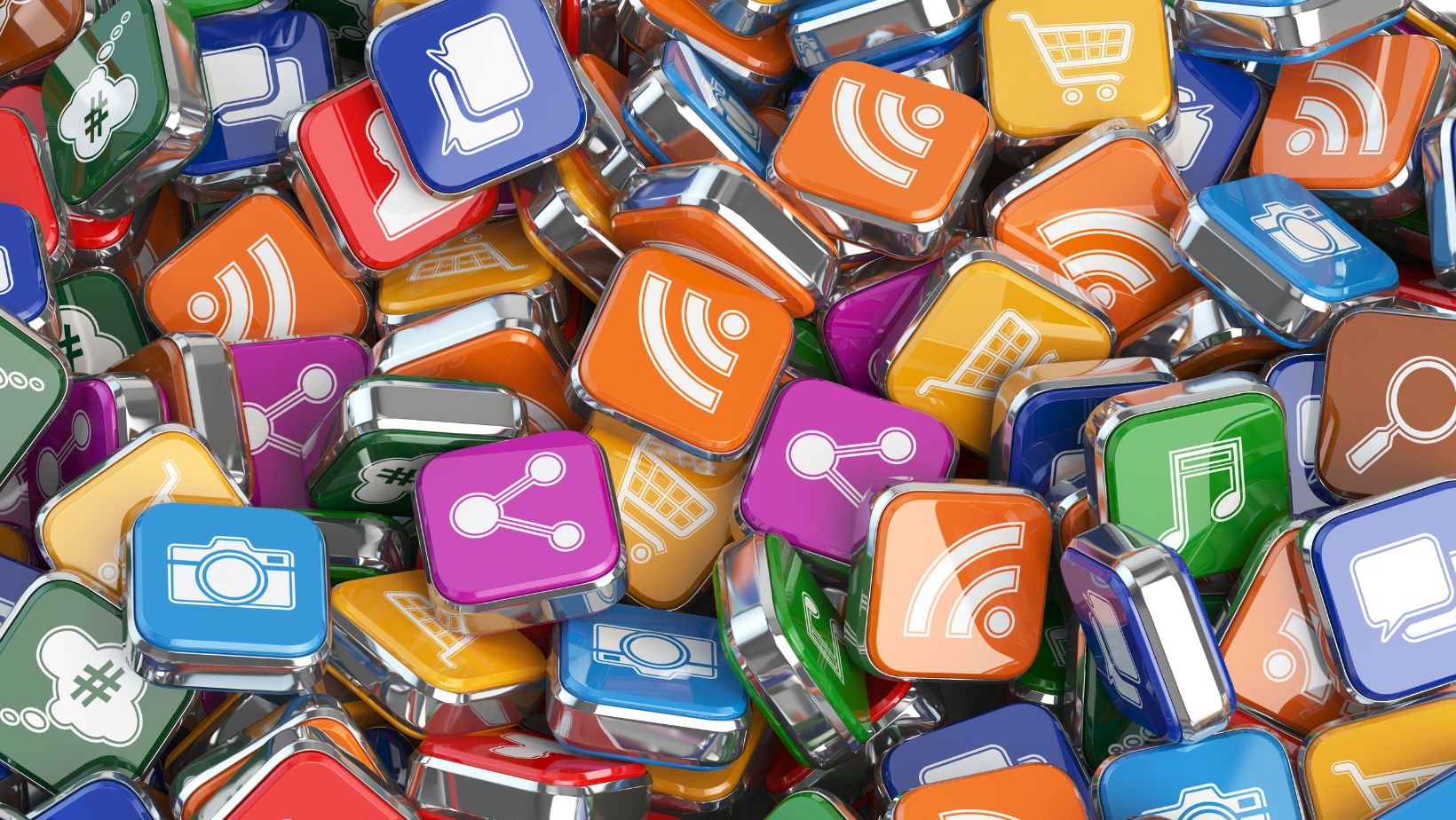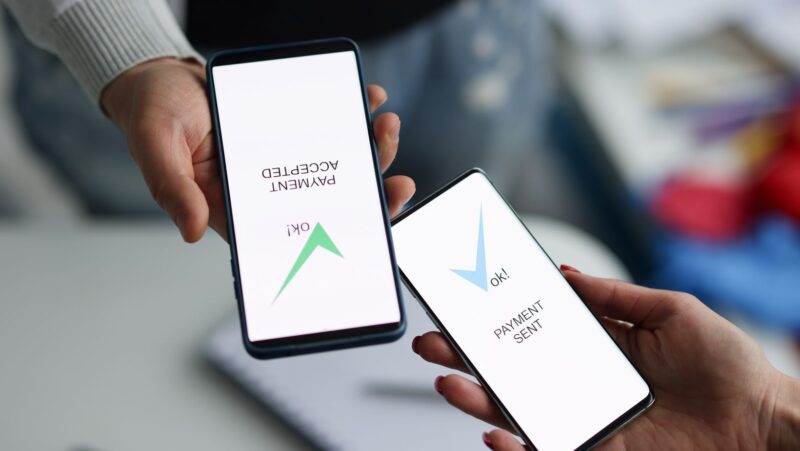
Dating apps have become a normal part of social life for many young people in 2025. They offer quick ways to meet others for casual connections without the pressure of long-term commitment. Knowing which platforms stand out can save time and lead to better matches.
This article looks at the 5 most popular choices among young adults who want casual encounters. It focuses on the perfect apps for hookups that balance ease of use with active communities. Each section highlights what makes these platforms appealing and how they fit different preferences.
1. Tinder
Tinder remains one of the most widely used hookup apps among young adults in 2025. It attracts millions of active users each month and continues to dominate the dating app market. Its simple swipe-based interface makes it quick to browse through profiles and decide whether to connect.
The app is especially popular among people aged 18 to 24. This group values the fast pace and casual nature of matches. Many use it for short-term connections, while others explore it for dating or meeting new people in their area.
Tinder’s global reach also appeals to users who travel or want to connect beyond their local scene. Its large user base increases the chance of finding matches in most cities. As a result, it remains a top choice for those seeking casual encounters without complex sign-up processes.
In 2025, brand awareness for Tinder stays high, and its user numbers show steady strength. This consistent presence keeps it at the forefront of hookup culture among younger generations.
2. Bumble
Bumble remains one of the most widely used dating apps among young adults in 2025. Its women-first approach sets it apart, as women send the first message in matches. This feature appeals to users who want more control over their interactions.
The app attracts people interested in various types of connections, from casual dating to long-term relationships. Data shows that only a small share of users focus solely on hookups, which makes it different from some other platforms.
Bumble’s popularity also comes from its focus on safety features and profile verification. These tools help create a more secure space for meeting new people.
Many users value the app’s clear communication style and the ability to set expectations early. As a result, it has become a go-to choice for those who want more intentional matches.
With millions of active users worldwide, Bumble continues to hold a strong place in the dating app market. Its blend of control, safety, and flexibility keeps it relevant for a wide range of users.
3. OkCupid
OkCupid remains one of the most widely used dating apps among young adults in 2025. It attracts about 500,000 downloads each month and has over 50 million registered users worldwide. Its popularity comes from a focus on matching people based on shared interests and values.
The app uses a detailed questionnaire to gather information about each user. Questions cover topics such as lifestyle, beliefs, and personal preferences. The answers help the platform suggest matches that may be more compatible than random swipes.
Unlike some apps that rely mainly on quick profile browsing, OkCupid encourages users to read more about potential matches before starting a conversation. This approach appeals to those who want more context before deciding to connect.
Young people often use it for both casual and more serious connections. Its mix of free features and compatibility-based matching makes it accessible while still offering a sense of personalization. This balance helps it remain a top choice in the dating app market.
4. Hinge
Hinge has become one of the most used dating apps among young adults in 2025. It markets itself as an app for building real connections rather than endless swiping. Many users see it as a middle ground between casual dating and long-term relationships.
The app uses detailed profiles with prompts and photos to help people start conversations. This format gives users more insight into someone’s personality before deciding to match. As a result, chats often feel more personal compared to quick-swipe platforms.
In the United States and the United Kingdom, Hinge ranks among the top three dating apps. Data shows that 72% of first dates from the app lead to a second date. About 6% of matches turn into long-term relationships, which is higher than many casual-focused apps.

Hinge’s popularity continues to grow in large cities where dating apps play a major role in social life. Its design encourages users to delete the app once they find a partner, which aligns with its stated goal.
5. Grindr
Grindr remains one of the most widely used hookup apps among young adults in 2025. It focuses on connecting men who are gay, bisexual, trans, or queer. Its simple interface allows users to see nearby profiles quickly and start conversations with minimal effort.
The app’s location-based matching plays a major role in its popularity. Users can view profiles in order of proximity, which makes meeting in person faster and more direct compared to many other platforms.
Safety features have improved in recent years. For example, users can now report suspicious accounts more easily and block unwanted contacts with a single tap. These updates address long-standing concerns about fake profiles.
Grindr’s large and active user base helps people find matches in both major cities and smaller towns. This broad reach increases the chances of making a connection, whether for casual meetups or short-term dating.
Its mix of speed, simplicity, and community focus continues to attract younger users seeking direct interactions without complicated steps.
Conclusion
Young people in 2025 continue to use hookup apps as a quick and convenient way to meet new partners. The most popular platforms stand out for simple interfaces, location-based matching, and features that help users set clear expectations.
Trends show a steady preference for casual connections over long-term commitments among many in Gen Z and Millennials. However, some still use these apps to explore both short-term and more meaningful interactions.
Safety tools, profile verification, and privacy controls have become standard features. These updates reflect user demand for more secure and transparent experiences.
The top apps in this space succeed because they adapt to changing social habits and technology. As a result, they remain central to modern dating culture among younger audiences.













